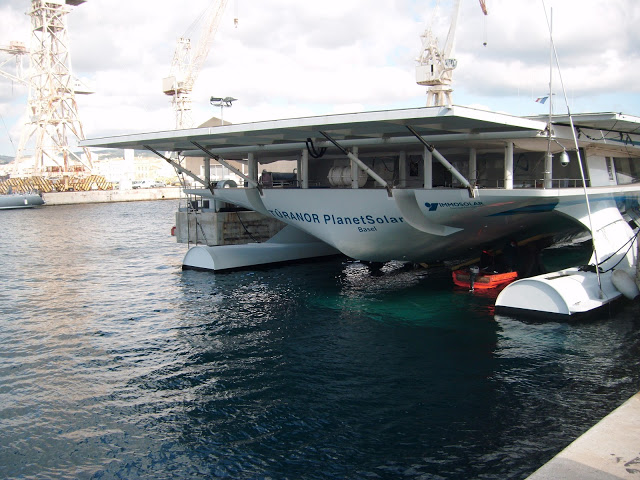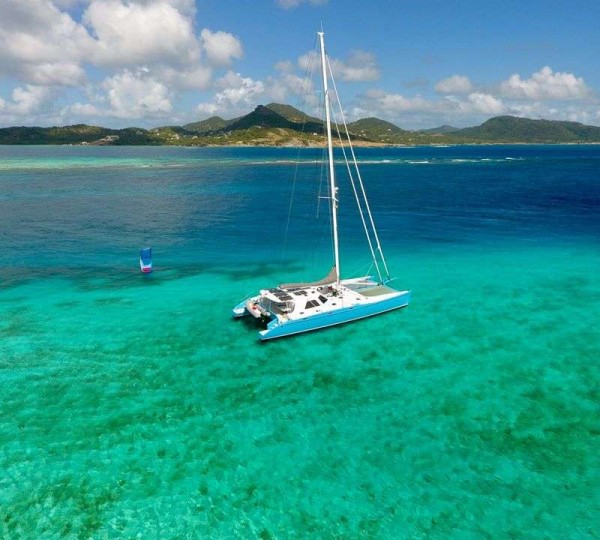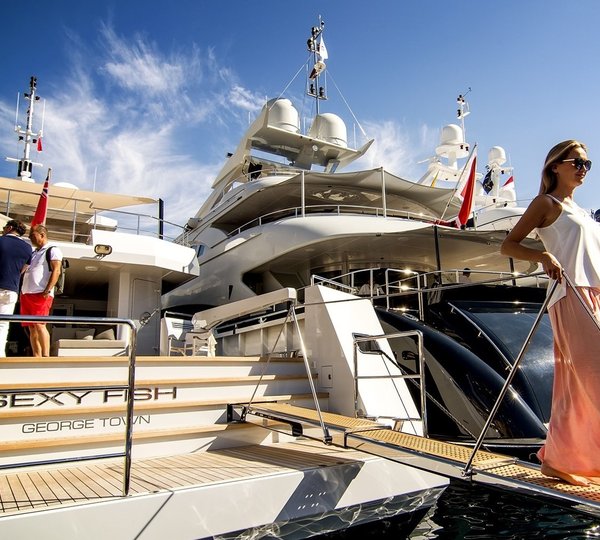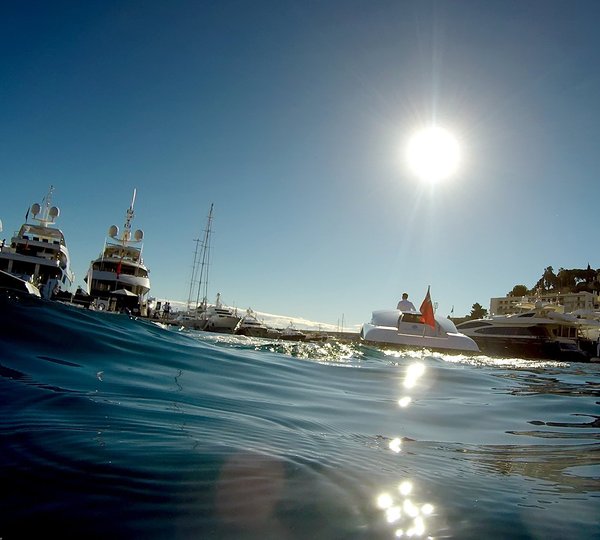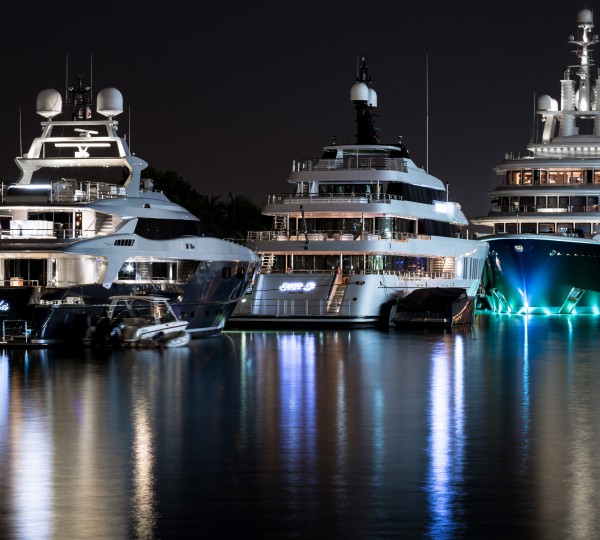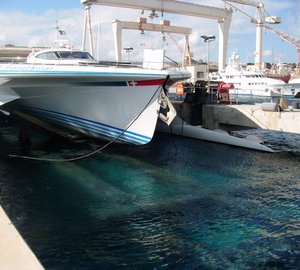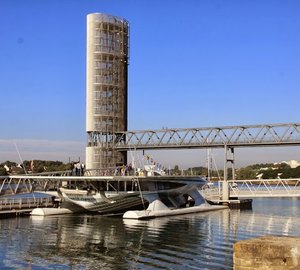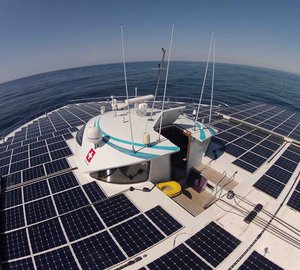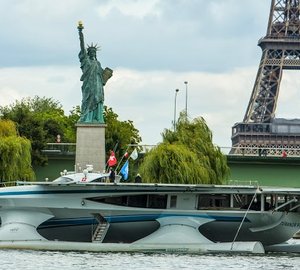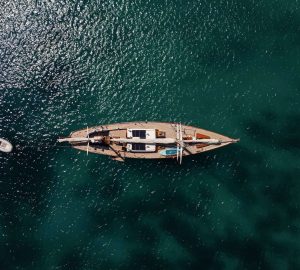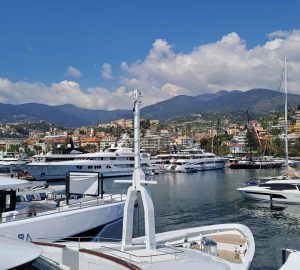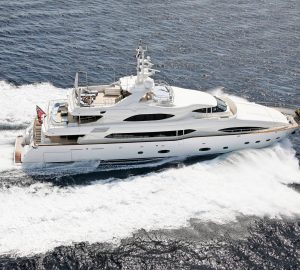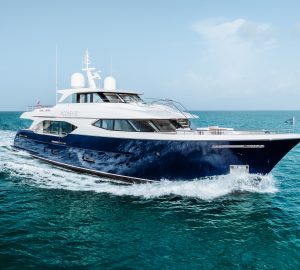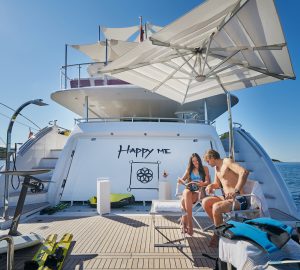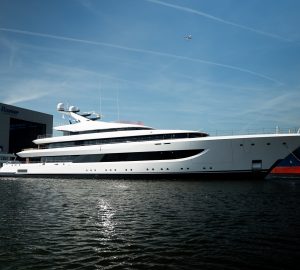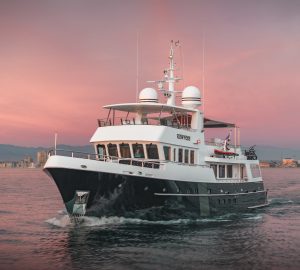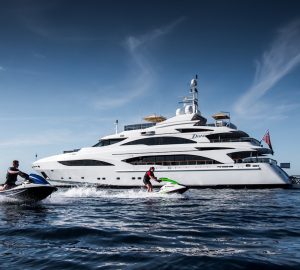Following 6 months of intense maintenance as well as optimization operations, the MS Tûranor PlanetSolar is once again casting off and heading out to sea for her 2013 solar campaign. Hosting a new crew led by Captain Gérard d’Aboville aboard, the catamaran will sail towards Rabat in Morocco, before crossing the Atlantic and sailing back up towards the Far North along the American coasts, to carry out a campaign of unique scientific measurements along the Gulf Stream, conducted by the University of Geneva (UNIGE).
The success of the first trip around the world powered exclusively by solar energy was a remarkable experiment that demonstrated the maturity of photovoltaic technology onboard the catamaran. For her 2013 campaign, the ship will take part in unprecedented missions that are intended to broaden and diversify her practical applications. A scientific expedition along the Gulf Stream, a campaign to collect floating plastic waste, and even educational events are awaiting the world’s largest solar boat!
Today marks the kickoff of the solar catamaran’s second life, a high point for the PlanetSolar team and her numerous supporters, including H.S.H. Prince Albert II of Monaco, who asserts: “Given the progress she has made possible to achieve in the use of solar energy, the PlanetSolar adventure is a significant time, and I am happy that the Principality of Monaco and my Foundation were associated with it in 2012. Everything that fosters the development of a new energy model must be supported, because it is an invitation to imagine new solutions, to overcome habits, and above all, to deny the limits of possibility.” The MS Tûranor PlanetSolar will return to sea this week for its new solar campaign!
“PlanetSolar DeepWater”, the scientific expedition is the primary mission
From May to August 2013, the team led by Professor Martin Beniston, climatologist and director of the Institute of Environmental Sciences at UNIGE, will sail along the Gulf Stream’s ocean current, one of the most important regulators of European and North American climates, thus traveling over 8,000 kilometers from Miami (United States) to Bergen (Norway) by way of New York (United States), Boston (United States) and Reykjavik (Iceland). “A continuous series of physical and biological measurements will be taken in the water and air to study the key parameters of climate regulation, specifically atmospheric aerosols and phytoplankton”, explains Professor Beniston.
The researchers will primarily be interested in ocean eddies, whirlpools that carry large amounts of energy, and in areas of deep water formation, strategic locations where surface waters dive down to the seafloor, fueling the “ocean conveyor belt”, a three-dimensional current system that allows all ocean basins to interconnect.
One of the instruments installed onboard, the Biobox, developed by the applied physics group at the University of Geneva, is currently the only device capable of making a thorough analysis of aerosols using laser technology. It will be tested for the first time aboard the MS Tûranor PlanetSolar. Powered by solar energy, the ship does not emit any polluting substances that could distort the data collected.
The scientists’ objective is to understand the complex interactions between physics, biology, and climate, which will eventually allow them to refine the climate simulation, especially those related to energy exchanges between the ocean and the atmosphere. Furthermore, the project will raise public awareness of climate issues through the development of educational activities and resources.
“This scientific expedition reflects our commitment to putting climate change and environmental issues at the heart of our concerns. The University of Geneva’s involvement in these areas continues to grow, and new initiatives will be launched in the coming months”, says Jean-Dominique Vassalli, UNIGE chancellor.
The MS Tûranor PlanetSolar welcomes an entirely new crew
The Swiss solar vessel will be hosting a brand new crew for her 2013 missions! The ship will be commanded by Frenchman Gérard d’Aboville, a hardened and audacious sailor, who has been following PlanetSolar for many years—a patron from the very beginning. It is therefore with great joy that he will be at the helm of the solar ship during her new expeditions.
“Being the captain of the world’s largest solar boat is a fascinating experience! The mission that will be ours, with the realization of the scientific program conducted by the University of Geneva which consists of providing answers to climate change problems, further strengthens my motivation and that of the entire crew,” said the enthusiastic captain.
He will be surrounded by Stephan Marseille (Second), Antoine Simon (electrical engineer), and Hugo Buratti (seaman and steward). During the “PlanetSolar DeepWater” expedition, the UNIGE scientific team will round out the crew.
“This illustration of the solar catamaran’s practical applications and potential uses aims to generate profit-making opportunities for the ship. With the demonstration of the MS Tûranor PlanetSolar’s commercial viability, the company’s ultimate goal is to encourage the development of the solar shipbuilding industry,” says Luka Müller Studer, representative of the MS Tûranor PlanetSolar’s owner.

